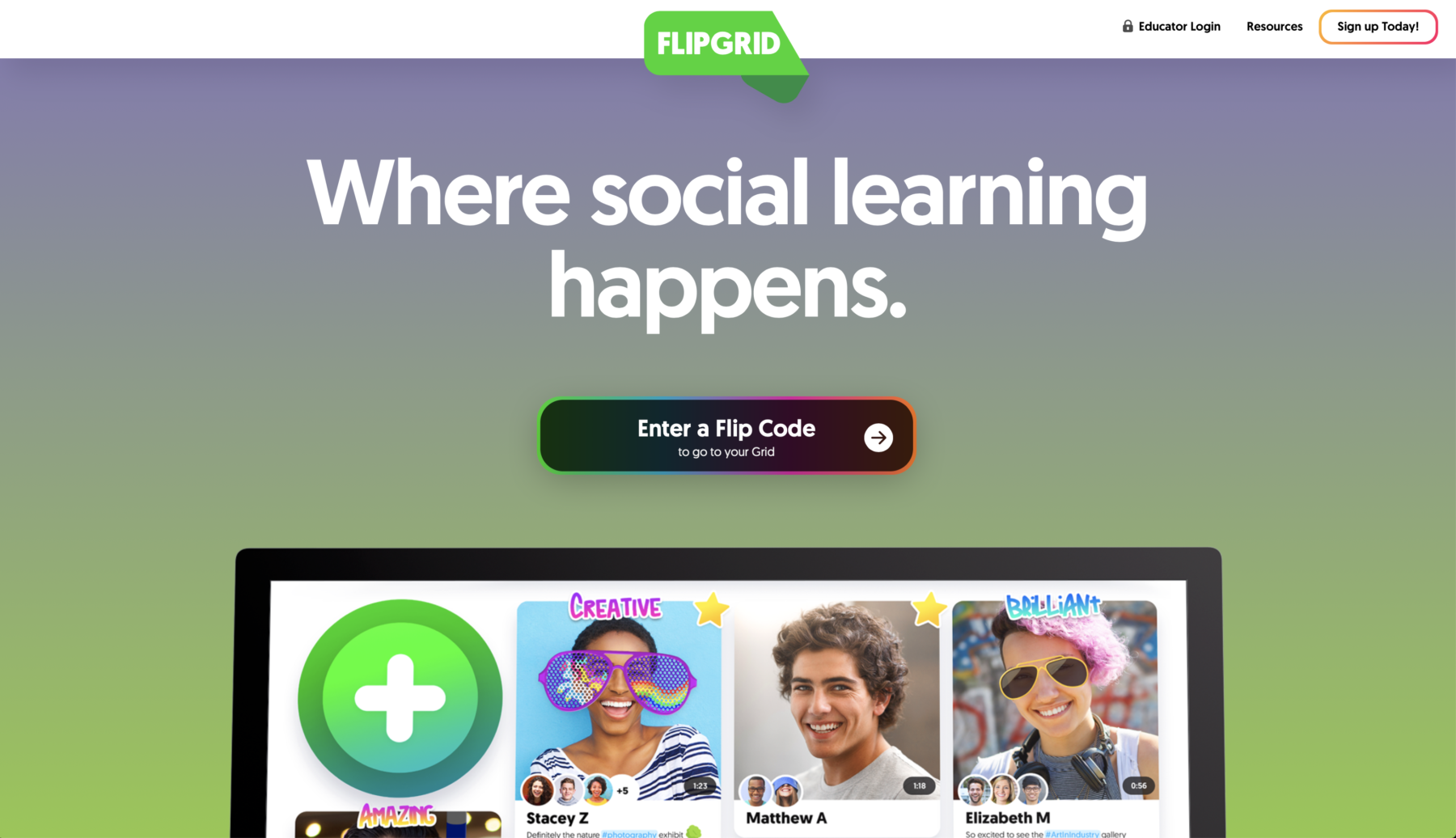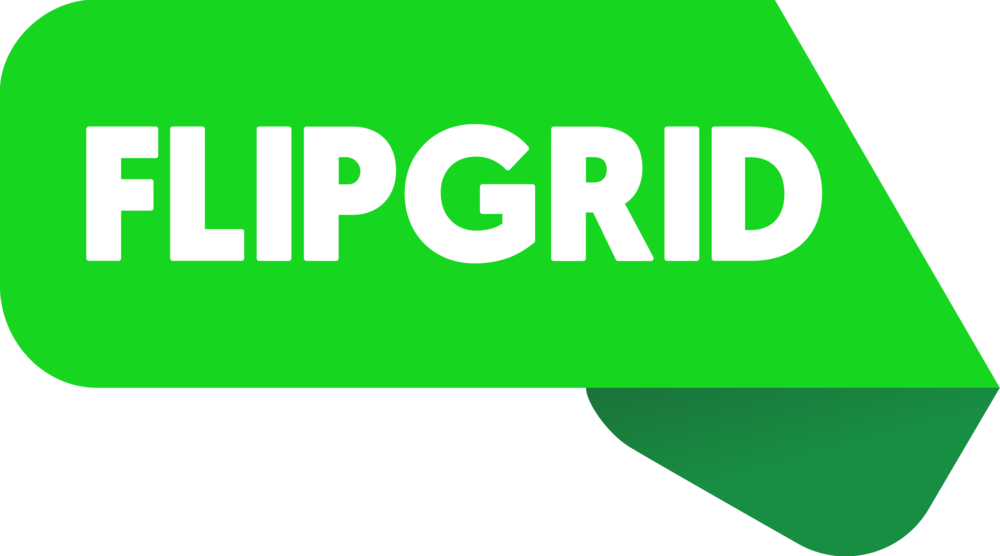FLIPGRID AND DYSGRAPHIA MODIFICATION

 Flipgrid fever has struck many teachers. One need only check the hashtags #flipgridfever to catch a glimpse of the excitement. In the age of Snapchat, memes, and gifs, students can often feel disengaged with old-school handouts. Flipgrid is an app used on Microsoft, Apple, and Google products that allow teachers to create digital classrooms for engagement and dialogue. Teachers can post written, verbal, or video prompts to encourage discussion, and students create video responses, both to their teacher and to other students. Indeed, the potential for engagement and learning is huge, and the verbal expression of student thought is rather exciting. And this platform is not just limited to a particular age group but can be customized for the needs of all classroom, courses, and students.
Flipgrid fever has struck many teachers. One need only check the hashtags #flipgridfever to catch a glimpse of the excitement. In the age of Snapchat, memes, and gifs, students can often feel disengaged with old-school handouts. Flipgrid is an app used on Microsoft, Apple, and Google products that allow teachers to create digital classrooms for engagement and dialogue. Teachers can post written, verbal, or video prompts to encourage discussion, and students create video responses, both to their teacher and to other students. Indeed, the potential for engagement and learning is huge, and the verbal expression of student thought is rather exciting. And this platform is not just limited to a particular age group but can be customized for the needs of all classroom, courses, and students.
Indeed, teaching an Advanced Placement History class is wonderful and difficult. Teaching itself is a wicked problem, weaving objectives, standards, differentiation, and a slew of other things to consider. But layered on top of these considerations are the demands specific to AP and preparing students for academic success as measured through the standardized test. The AP Histories require students to develop the HRS—the Historical Reason Skills, closely associated with previously published works on Reading Like A Historian and the Common Core Reading and Writing Standards. These skills emphasize both reading and writing practices and advanced reasoning. Concerning the former, students are asked to read both primary and secondary sources, especially those that address similar topics from various points of view and often those that contradict one another. Moreover, the AP curriculum encourages these students to consider cause and effect, especially multi-faceted and complex events. Furthermore, students consider continuity and change, analyzing what changes and what remains contiguous in civilization and why. Finally, students develop a nuanced ability to compare and contrast historical events and movements.
The AP history class provides numerous opportunities for students to grapple with complex problems such as those listed above. In years past, my AP World History class and I read excerpts from Hammurabi’s Code and the Ten Commandment’s in the Exodus text. I provided a Venn diagram graphic organizer to assist them in making comparisons. This assignment is complex. While students had help from both their peers in small groups and me, several students struggled. The assignment asks that students read and digest complex ancient laws and compare not only the obvious similar laws but the societal ethics that underpin the motive for writing these laws. One student in particular especially struggled. His writing was somewhat sloppy and borderline illegible. Moreover, while working with him to read the text more closely, he really struggled with reading the material, often jumbling words. This student had no problem explaining the material we discussed and even had some interesting insights into the implications of these law systems. He clearly understood the material but struggled with the medium of reading and writing. After consulting with the counselors and some testing, he was diagnosed with Dysgraphia.
Dysgraphia is a learning disorder in which an individual’s ability to write is severely lower than their grade level or what would be expected at their cognitive level. According to Peter Chung and Dilip Patel, this disorder is often associated with “difficulty in writing at any level, including letter illegibility, illegibility, slow rate of writing, difficulty spelling, and problems of syntax and composition” (2015, p. 27). Dysgraphia is often also associated with other neurological and developmental disorders, 30-47% of the time associated with dyslexia (Chung & Patel, p. 30). Chung and Patel advocate for several accommodations and modifications to assignments. A common accommodation I have used with students is allowing them to type their papers or handouts using a school-issued iPad. My school is an iPad 1:1 learning environment, which makes accommodations like these much more accessible. But Flipgrid would serve as an excellent modification tool, allowing a student to express their thoughts verbally. Indeed, Chung and Patel state that oral reports and presentations would be ideal methods for students with Dysgraphia (2015, p.32).
Instead of writing a response to a Historical Reasoning Skill prompt from a past AP United States History exam this last week, I posted the question to Flipgrid. The complex problem I gave them required that they evaluate the extent to which commercial exchange systems such as mercantilism fostered change in the British North American economy in the period from 1660 to 1775. Students responded by creating meaningful and engaging videos that provided an argument and historical evidence by which they might defend their thesis. While modifying the assignment using Flipgrid sidesteps the writing and allows students to communicate through a medium that will help build their confidence, the tool can never replace writing as a whole. Using Flipgrid is helpful and fun, but other solutions for accommodations, like typing a paper, still need to be utilized. Nevertheless, this platform seems to not only serve as an ideal tool for students with Dysgraphia, but for all students.
REFERENCES
Chung, P., & Patel, D. R. (2015). Dysgraphia. Int J Child Adoles. Health, 8 (1), 27-36.

